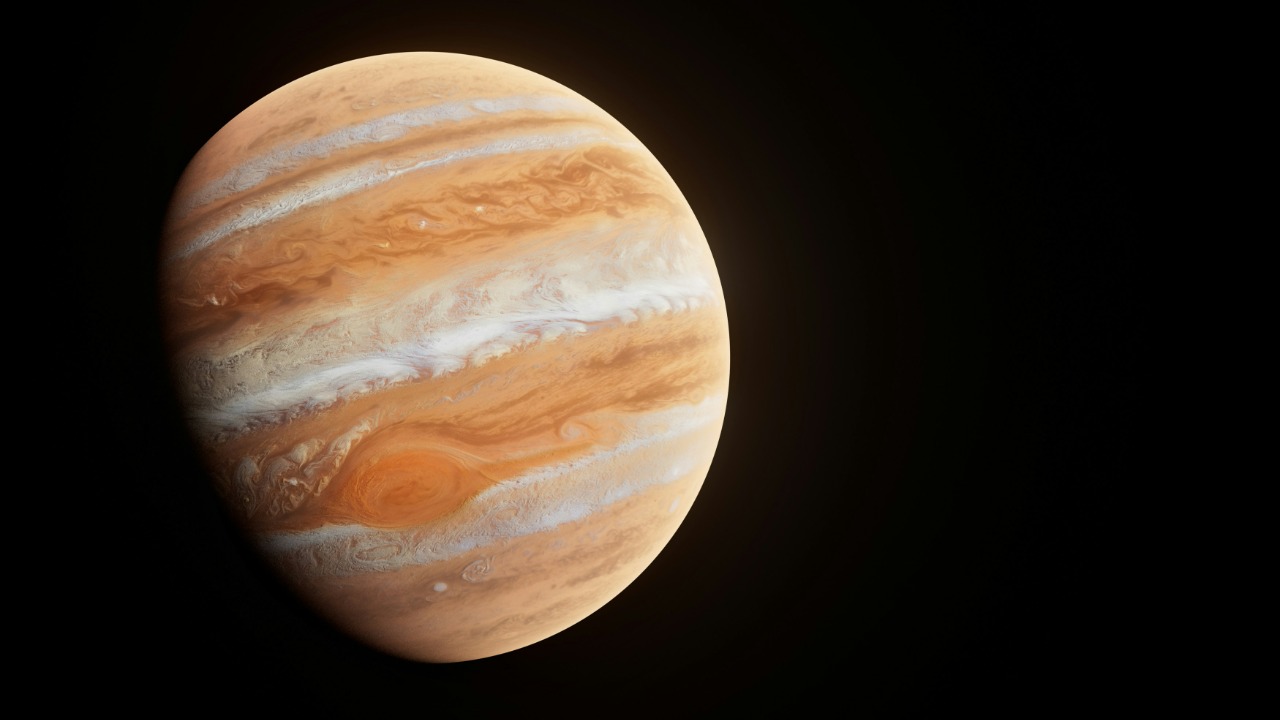
Recent observations suggest that Jupiter’s volcanic moon, Io, could be significantly hotter than scientists previously estimated. This revelation, reported on November 7, 2025, suggests that tidal forces from Jupiter might generate far greater internal heat in the moon than models had predicted. The discovery underscores Io’s status as the most volcanically active body in the solar system, with implications for planetary science beyond our own world.
Io’s Volcanic Landscape
Io’s surface is a spectacle of extreme volcanism, shaped by the gravitational pull of Jupiter. The moon is adorned with hundreds of active volcanoes and vast lava flows, painting a picture of a world in constant geological upheaval. Previous missions like Voyager and Galileo documented eruptions and sulfur plumes, establishing Io as a key example of tidal heating in astronomy.
The persistent volcanic hotspots on Io contribute to the moon’s thin atmosphere and colorful, sulfur-rich deposits. These features are a testament to the intense internal heat generated by the tidal forces exerted by Jupiter, which drive the moon’s extreme volcanic activity.
Previous Temperature Estimates
Historical models estimated Io’s interior heat at levels sufficient for volcanism but limited to tens of degrees above ambient space temperatures. These assumptions were based on data from the 1970s Voyager mission, which inferred subsurface magma temperatures around 1,000–1,200°C based on eruption styles.
These estimates influenced models of Io’s silicate mantle and core, treating the moon’s heat budget as balanced by radiation and conduction. However, the recent findings suggest that these models may have significantly underestimated the moon’s internal heat.
The New Heat Assessment
Recent findings suggest that Io’s internal heat may be significantly higher than previously thought. The new assessment, reported on November 7, 2025, suggests that the moon’s internal heat could be hundreds of times greater than earlier estimates. This paradigm-shifting analysis of Io’s thermal state is based on a reanalysis of spectral data showing elevated infrared emissions indicative of superheated subsurface regions.
Mechanisms Driving the Heat
The primary driver of Io’s intense internal heat is the tidal interactions between Jupiter and the moon. The moon’s orbital eccentricity causes it to flex, generating friction and heat through a process known as viscoelastic dissipation. Jupiter’s massive gravity, combined with Io’s proximity, amplifies this effect compared to other Jovian moons like Europa or Ganymede.
While radioactive decay in Io’s core may contribute to its internal heat, this effect is likely minimal compared to the dominant tidal forces. The recent findings suggest that these tidal forces may generate far more heat than previously thought, reshaping our understanding of Io’s intense geological activity.
Implications for Io’s Geology
The elevated internal heat could sustain more vigorous convection in Io’s mantle, leading to increased eruption frequency and scale. This could result in shifts in volcanic plume dynamics, with hotter magma enabling higher-velocity ejections and broader sulfur dispersal across the surface.
Over the long term, the increased internal heat could have significant effects on Io’s crust. Accelerated resurfacing could erase impact craters and maintain the moon’s youthful appearance, further underscoring Io’s status as the most volcanically active body in the solar system.
Broader Solar System Insights
The discovery has implications for understanding exoplanetary volcanism. Similar tidal heating might explain volcanic activity on worlds orbiting close to their stars. While Io lacks water, making its heat dissipation uniquely explosive and sulfur-dominated, the findings could still provide valuable insights into the mechanisms driving plate tectonics on Earth.
Revised models of Io could also refine predictions for heat in other tidally locked bodies, like those in the TRAPPIST-1 system. This could help scientists better understand the geological activity on these distant worlds, potentially shedding light on their habitability.
Future Research Directions
Upcoming missions, such as the Europa Clipper flybys, could provide enhanced observations of Io. High-resolution thermal imaging could help validate the recent findings and provide further insights into the moon’s internal heat. Advanced modeling incorporating the new heat estimates could also help simulate eruption cycles and atmospheric interactions.
Ground-based telescopes could play a crucial role in monitoring Io’s infrared glow. Building on the November 7, 2025, findings, these observations could provide real-time validation of the moon’s elevated internal heat. As we continue to explore the solar system, Io remains a fascinating world that continues to challenge our understanding of planetary science.
More from MorningOverview